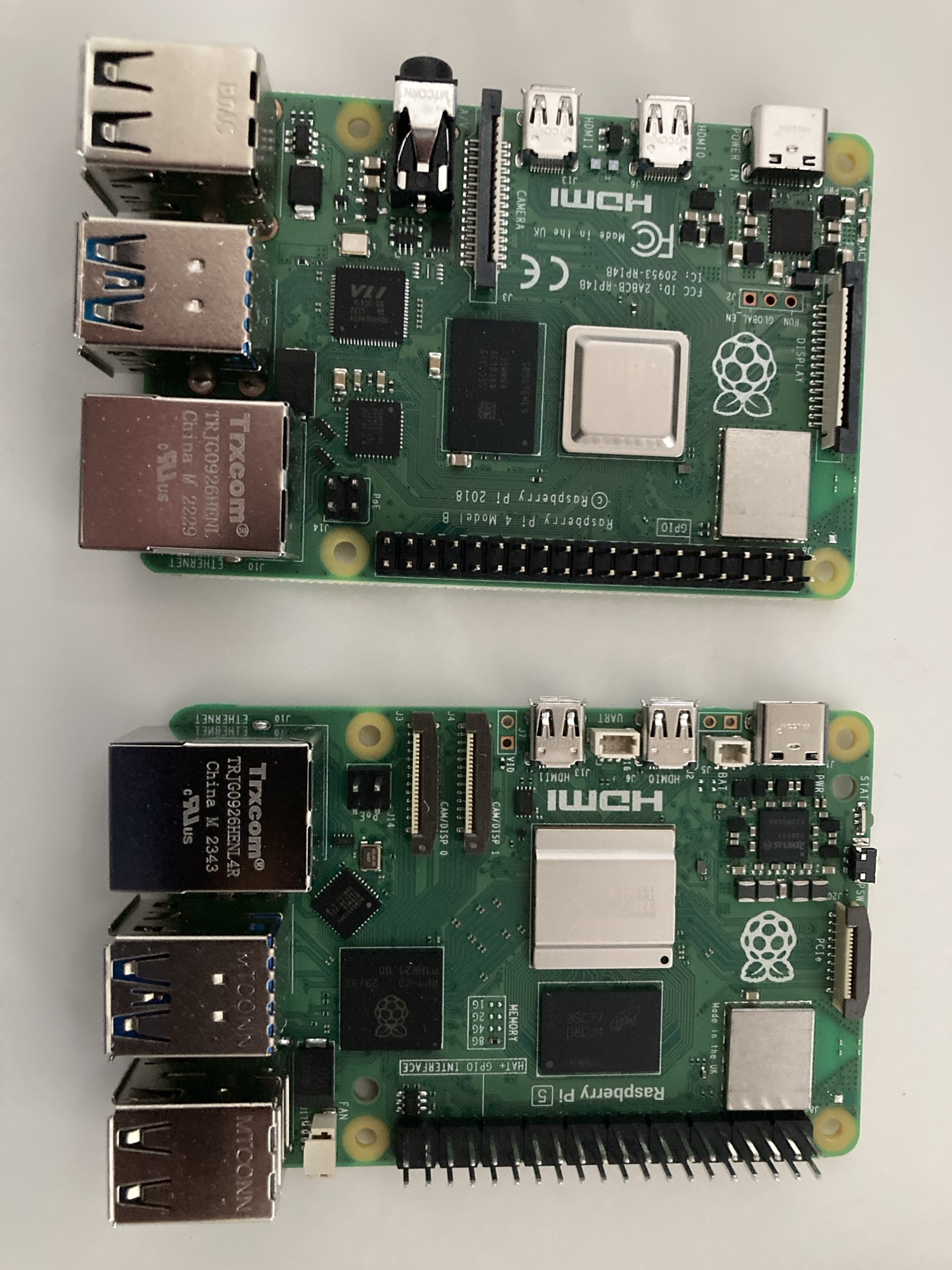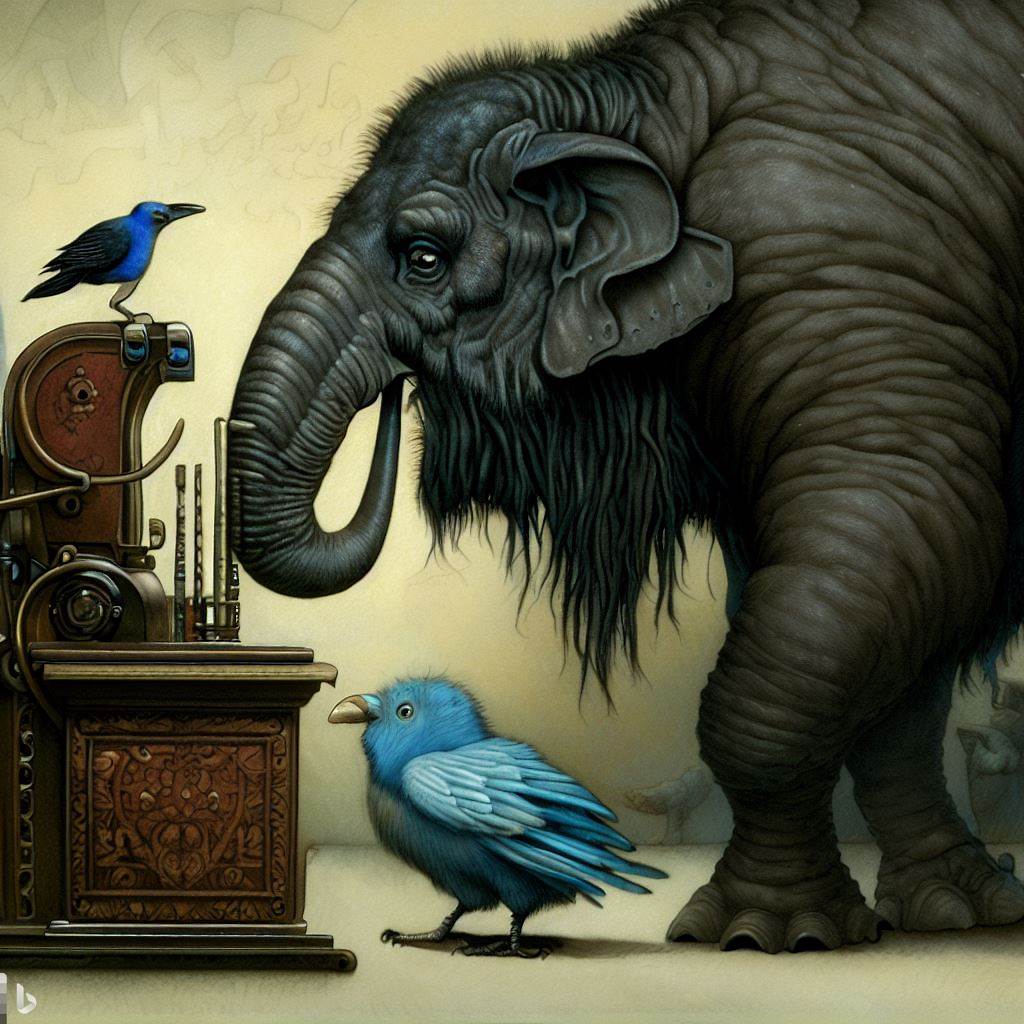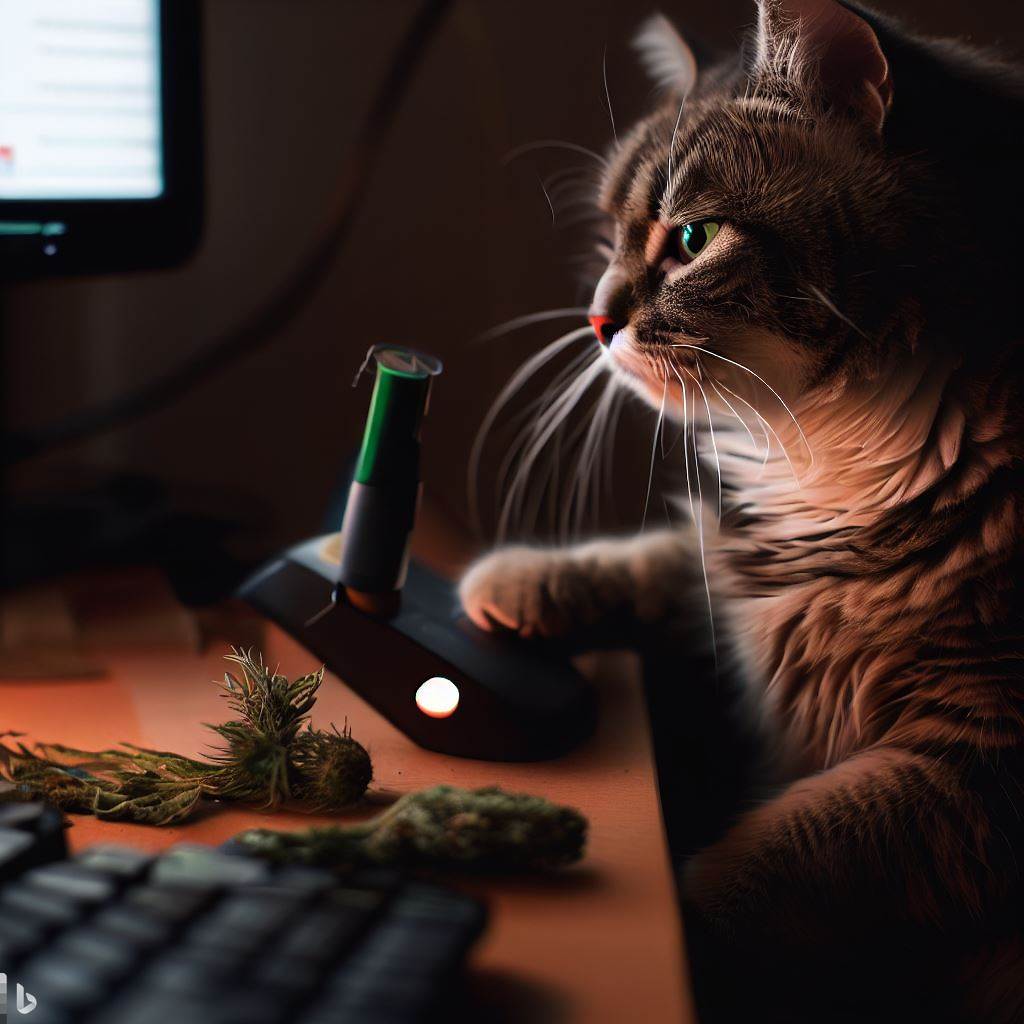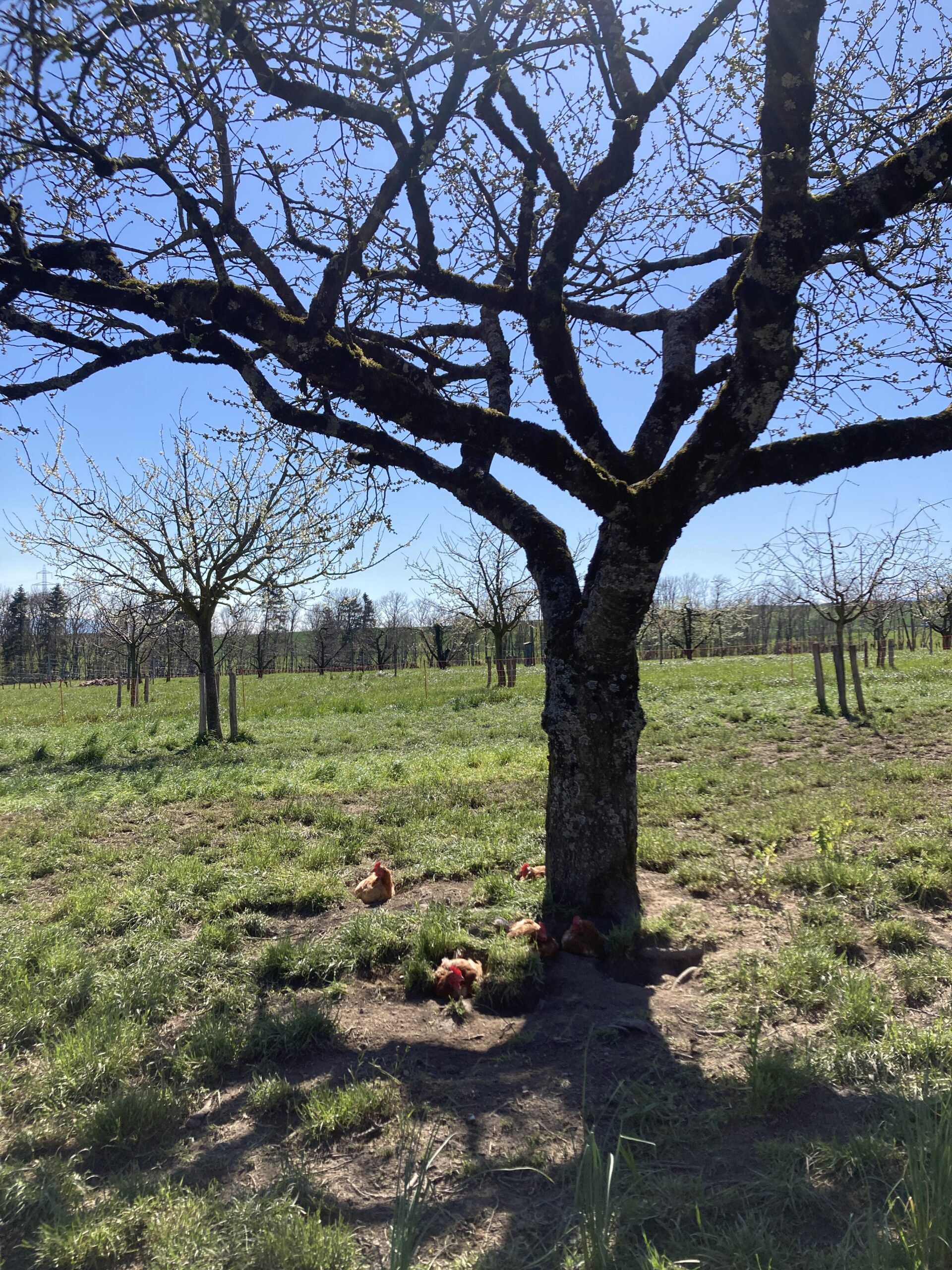Tag: blogging
-

Experimenting With the Pi5
Reading Time: 4 minutesThe Raspberry Pi 5 is twice as powerful as previous Pis according to various sources. For the last 24 hours I have been using a Pi 5 running Ubuntu and the experience has been good. Despite being a small computer it feels as comfortable as some of the computers I have been…
-

Blogging for Three Hundred and Sixty Six Days in a Row
Reading Time: 2 minutesFor three hundred and sixty six days I have written a blog post daily. In some cases I wrote two posts, and scheduled the post to appear the next day. This is when I was driving for thirteen hours, or if I knew that my morning was busy. In the process I…
-

NaNoWriMo and Blogging
Reading Time: 3 minutesNovember is the month when a group of people try to write 1667 words per day for a month. they have write-in events, word sprints and many other gimmicks to encourage them to break the challenge into less daunting challenges. I didn’t even consider participating this year for a simple reason. This…
-

Blogging with VS Code and Hugo
Reading Time: 2 minutesYesterday I had no inspiration. In the end I did write about something but only after hours of staring at a hypothetical blank page. When I did start writing I used Frontmatter to generate the page but I forgot to open terminal and write the blog post using VIM. I used VSCode…
-

Blogging and Medium
Reading Time: 4 minutesDuring the early days of the pandemic I wrote for at least one days every day. I was blogging the pandemic experience from my point of view. More recently I have kept up another blogging streak. This time I am reaching day 274 as I write this blog post. Developing a Writing…
-

Of Blogging and Substacking
Reading Time: 2 minutesA month or two ago we had the chance to jump on the Substack wagon while it was hot and to ride the wave of new followers and experience a growing community. I could have joined in. I could have become one of those “I’m one of you people” but I didn’t. …
-

One Hundred and Eighty Two Days of Blogging in a Row
Reading Time: 2 minutesWith the decline in the value of social media so the value of blogging has come back up. By blogging, rather than using social media, for at least an hour or two I am forcing myself to think, and to elaborate on ideas that would otherwise go without conclusion. Having a thought…
-

The Futility of Blogging
Reading Time: 2 minutesI have been writing blog posts every single day for one hundred and fourty five days and rather than feel more inspired, and get a big audience, I am writing for an audience of one. Some days I am filled with inspiration and I write the blog post in twenty minutes or…

